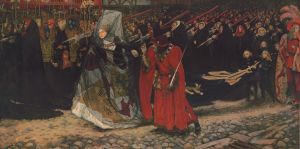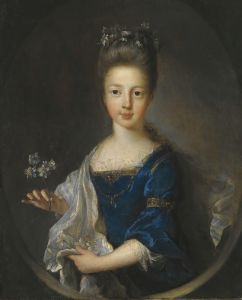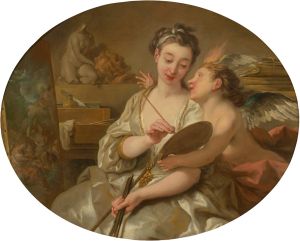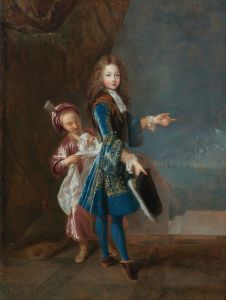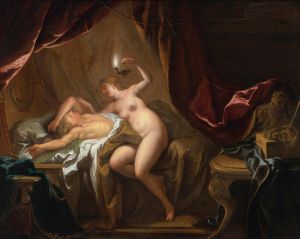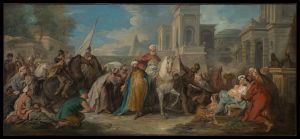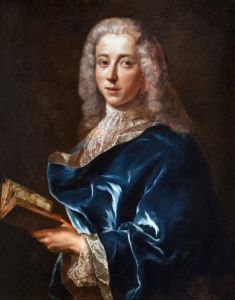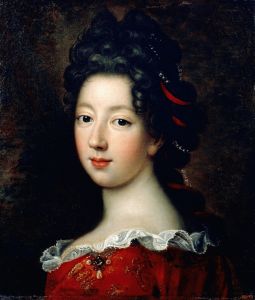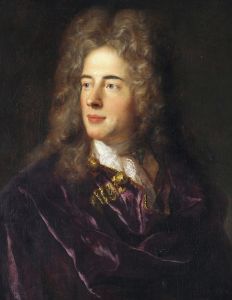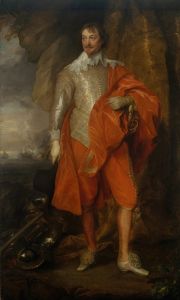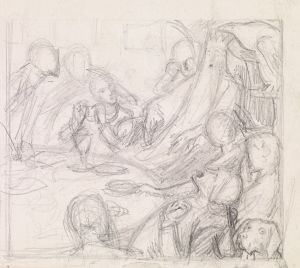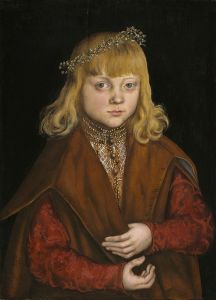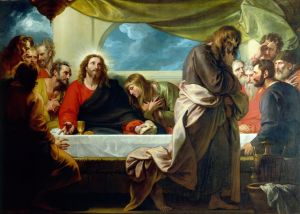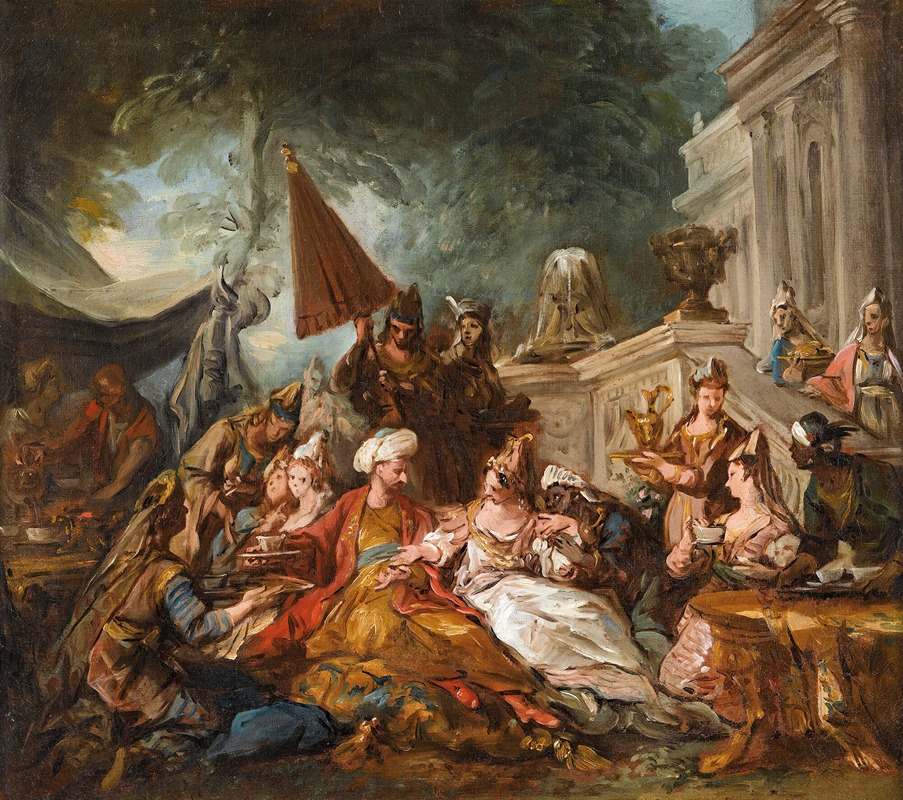
Oriental scene or Esther’s banquet
A hand-painted replica of Jean-François de Troy’s masterpiece Oriental scene or Esther’s banquet, meticulously crafted by professional artists to capture the true essence of the original. Each piece is created with museum-quality canvas and rare mineral pigments, carefully painted by experienced artists with delicate brushstrokes and rich, layered colors to perfectly recreate the texture of the original artwork. Unlike machine-printed reproductions, this hand-painted version brings the painting to life, infused with the artist’s emotions and skill in every stroke. Whether for personal collection or home decoration, it instantly elevates the artistic atmosphere of any space.
Jean-François de Troy was a prominent French Rococo painter and tapestry designer, known for his historical and genre scenes. One of his notable works is "Esther's Banquet," which is sometimes also referred to as "Oriental Scene." This painting is a fine example of de Troy's ability to blend historical and biblical themes with the stylistic elements of the Rococo period.
"Esther's Banquet" depicts a scene from the biblical Book of Esther, which is part of the Old Testament. The story of Esther is a tale of intrigue and bravery, where Esther, a Jewish queen of the Persian king Ahasuerus, reveals the evil plans of Haman, the king's advisor, who seeks to annihilate the Jewish people. The banquet scene is a pivotal moment in the narrative, where Esther courageously discloses her Jewish identity and pleads for her people, leading to Haman's downfall.
In de Troy's depiction, the opulence and drama of the banquet are captured with vivid detail and dynamic composition. The painting showcases the luxurious setting of the Persian court, with rich fabrics, elaborate costumes, and an array of sumptuous foods laid out on the table. The figures are arranged in a way that draws the viewer's eye across the scene, emphasizing the tension and emotion of the moment.
De Troy's use of color and light in "Esther's Banquet" is characteristic of the Rococo style, which favored lighter tones and a more playful, decorative approach compared to the preceding Baroque period. The artist employs a palette of soft pastels and warm hues, creating a sense of elegance and refinement. The interplay of light and shadow adds depth to the scene, highlighting the expressions and gestures of the characters, which convey the narrative's emotional intensity.
The painting reflects de Troy's skill in capturing the nuances of human interaction and his ability to convey complex stories through visual art. His attention to detail is evident in the intricate patterns of the textiles and the delicate rendering of facial expressions, which together create a vivid and engaging portrayal of this biblical event.
Jean-François de Troy was born in Paris in 1679 and was the son of the painter François de Troy. He trained under his father and later traveled to Italy, where he was influenced by the works of the Italian masters. Upon returning to France, de Troy gained recognition for his tapestry designs and his paintings, which often depicted scenes from history, mythology, and literature.
"Esther's Banquet" is one of several works by de Troy that explore themes from the Bible, showcasing his interest in religious and historical subjects. His ability to infuse these themes with the lightness and elegance of the Rococo style made his work popular among the French aristocracy and earned him a prominent place in the art world of his time.
Today, Jean-François de Troy's paintings, including "Esther's Banquet," are appreciated for their artistic merit and their contribution to the development of Rococo art. His works are held in various museums and collections, where they continue to be studied and admired for their beauty and historical significance.





